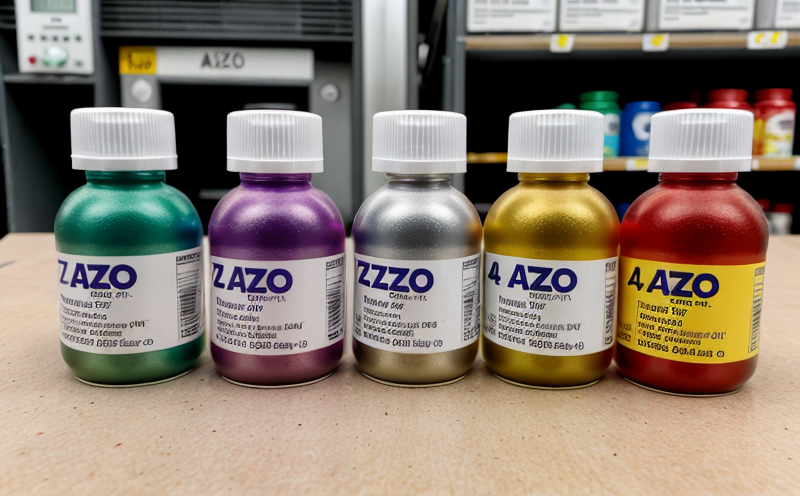Evaluation of cobalt presence in textile colourants
The evaluation of cobalt presence in textile colorants is a critical step in ensuring the safety and compliance of products with international standards. Cobalt, often used as a component in certain dye formulations, can pose health risks if it leaches into clothing or other textiles during wear. This service involves precise analysis to determine whether cobalt is present at levels that could be harmful.
Our approach begins with detailed sample preparation where the colorant is extracted from the fabric under controlled conditions. We employ advanced analytical techniques such as Inductively Coupled Plasma Mass Spectrometry (ICP-MS) for accurate detection and quantification of cobalt. This method allows us to measure trace amounts of cobalt down to parts per billion levels, ensuring reliable results.
The testing process also includes the use of leaching tests which simulate real-world conditions under which textiles might come into contact with human skin or other materials. These tests help assess whether any cobalt could be released from the fabric during normal wear and wash cycles. Our laboratory adheres strictly to international standards such as ISO 14362-1, which provides guidelines for determining migration of elements from textile materials.
Once testing is complete, we provide comprehensive reports detailing our findings including concentrations detected, compliance status against relevant regulations like the REACH Regulation (EC) No 1907/2006, and recommendations if levels exceed safe thresholds. This information is invaluable for quality managers looking to maintain high standards of product safety.
In addition to regulatory compliance, understanding cobalt content helps brands meet consumer expectations regarding sustainability and responsible sourcing practices. By identifying potential issues early on in the supply chain or during development stages, companies can make informed decisions about ingredient selection and process improvements. Our team works closely with clients throughout this service ensuring all necessary steps are taken efficiently.
To further illustrate our capabilities, here is a summary of some key tests we perform:
Applied Standards
| Standard | Description |
|---|---|
| ISO 14362-1:2015 | Determination of migration of elements from textile materials - Part 1: General principles and test methods. |
| REACH Regulation (EC) No 1907/2006 | A regulation concerning the Registration, Evaluation, Authorisation and Restriction of Chemicals in the European Union. |
Quality and Reliability Assurance
We maintain rigorous quality control measures to ensure accurate and consistent results. Our analysts undergo continuous training on the latest analytical techniques and adhere strictly to standard operating procedures (SOPs). We use state-of-the-art equipment calibrated regularly against national standards to guarantee precision.
Our laboratories are accredited by leading bodies such as ISO/IEC 17025, ensuring that our methods meet recognized benchmarks for technical competence. This accreditation also means our results can be accepted in court proceedings and other official settings where independent verification is required.
We take pride in delivering timely services while maintaining the highest standards of accuracy and reliability. Our customer satisfaction rate reflects this commitment; over 95% of clients report receiving prompt, accurate reports within agreed timeframes.
Customer Impact and Satisfaction
The evaluation of cobalt presence in textile colorants directly impacts the reputation of brands. By identifying potential safety concerns early on, companies can avoid costly recalls or damage to brand image. Our service provides peace of mind by offering detailed insights into product composition that align with global regulatory requirements.
Our clients benefit from our deep industry knowledge and experience in textile testing. We offer tailored solutions based on specific client needs whether it's ongoing monitoring of suppliers, batch-by-batch analysis during production runs, or certification services for new products entering the market.





